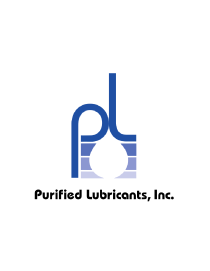For a complete and proper lubrication program to work effectively and provide the most return on investment, the entire gamut of lubrication must be considered, ranging from receiving to application.

For a complete and proper lubrication program to work effectively and provide the most return on investment, the entire gamut of lubrication must be considered, ranging from receiving to application.

In the amusement park’s maintenance area, I learned that the park was experiencing a rash of motor bearing failures. With such a long operating history, it was surprising to find this sudden uptick in problems.

There has been much said in recent years about the increased propensity of some modern oil formulations to produce sludge and varnish. Ironically, many of the oils accused of contributing to varnish are the same oils endowed with exceptionally high oxidation stability due to advanced refining technology and formulation science. To better understand this paradox, let’s begin by defining a new term.

As the practice of oil analysis and oil sampling evolves from a “whatever works” attitude to a more defined trade skill, techniques and procedures must also evolve. The principles behind oil analysis as a proactive maintenance tool allow companies to use gathered information to perform root cause analysis and turn an oil analysis program into more than just an oil change indicator. Given the proper training and information, employees can use an oil analysis program as an effective condition-based monitoring tool.

Anybody who has been in the lubrication field for at least a couple of years has likely been badgered by problems relating to air contamination. Indeed, aeration and foam present many serious reliability concerns which merit immediate attention by machinery maintainers. However, for most people, the causes are too complex to troubleshoot, leaving the root-cause mystery unsolved. Sometimes an oil change provides a suitable remedy, but too often it serves as only a temporary fix. In other words, there is a need to find why it happened.

